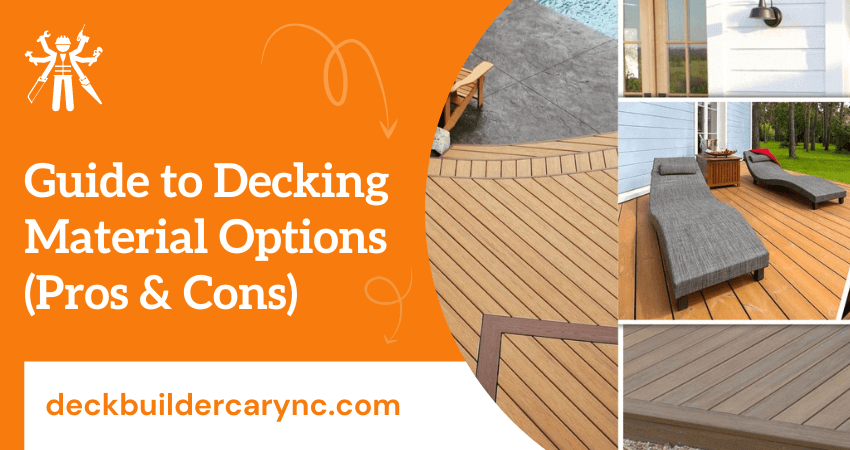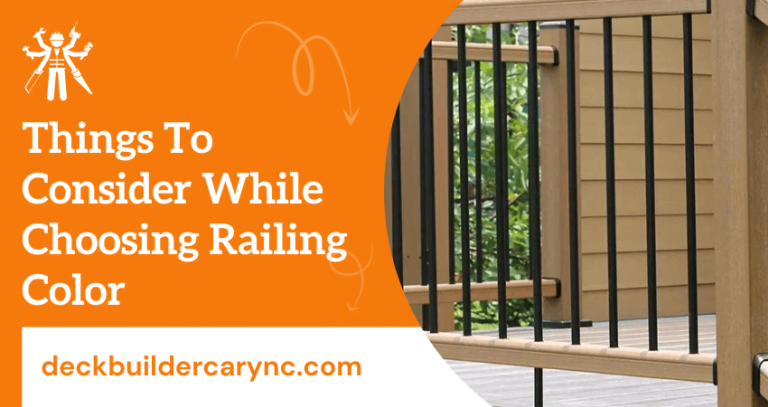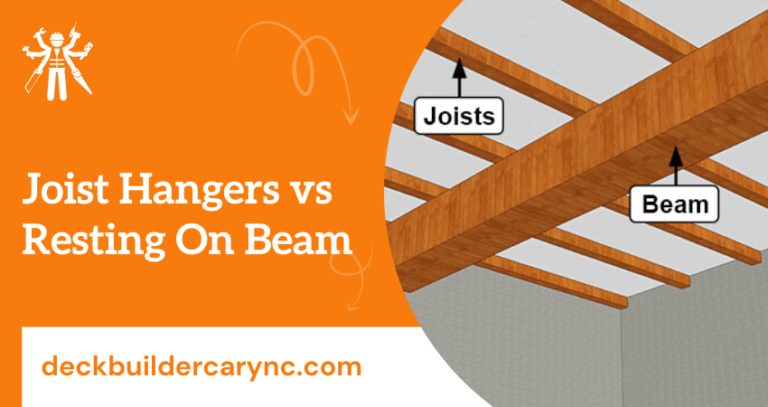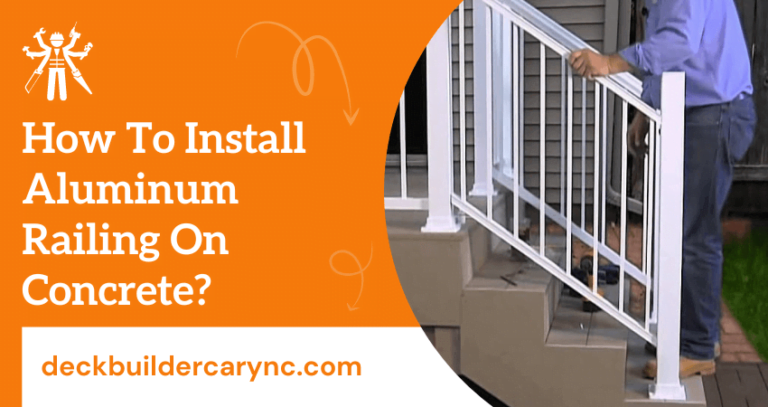Guide To Decking Material Options
Are you considering improving your outdoor space by adding a deck? Whether you’re a homeowner looking to enhance the backyard, or simply want to make a change without having to do major renovations, building a deck is an economical way of increasing both the aesthetic appeal and utility of your property.
When it comes to constructing this type of structure, there are several decking material options available, each with its unique benefits and characteristics. In this article, we have created this guide to help you navigate through all the available choices so that you can find the right one for your needs!
Explanation Different Types Of Decking Materials
When it comes to choosing the right decking material for your project, there are a variety of options available. Here is a brief overview of some popular materials and their advantages:
1) Wood Decking
Wood is one of the most popular materials for decking, as it provides a natural look with warmth and character. It is also relatively easy to work with and can be stained or painted in a variety of colors. A well-maintained wood deck can last up to 20 years but will require regular maintenance such as staining, sanding and sealing every few years.
Types of wood
There are also types of wood to choose from when deciding on wood decking. Common types include cedar, redwood and pressure-treated pine.
Pros And Cons Of Wood Decking
Wood decking is durable and attractive, but can also be expensive and require regular maintenance. It is also susceptible to rot and insect damage if not properly treated, so it’s important to invest in a quality wood sealer or stain.
2) Composite Decking
Composite decking is made from a blend of wood fibers and plastic polymers. It is a low-maintenance option that does not require painting, staining, or sealing. Composite decking is also resistant to rot and insects and comes in a variety of colors and textures.
Get In Touch: For Composite Deck Building in Cary
Types of Composite Decking
There are several types of composite decking to choose from, including capped composite, uncapped composite and PVC. Each type has its advantages and disadvantages, so it’s important to do your research before making a final decision.
Pros and cons of Composite Decking
While composite decking requires less maintenance than wood, it can be more expensive and may be less attractive. Additionally, composite decking can be slippery when wet and is more susceptible to fading over time.
3) Vinyl Decking
Vinyl decking is a popular choice for those looking for a low-maintenance option that is also affordable. Vinyl decking is available in a variety of colors and styles and is resistant to rot, insects and extreme weather conditions.
Types of Vinyl Decking
The two most common types of vinyl decking are PVC and composite. PVC is the more budget-friendly option, but it can be prone to warping and cracking over time. Composite vinyl decking is more expensive but offers better durability and resistance to extreme weather conditions.
Pros and cons of Vinyl Decking
Vinyl decking is an affordable option that requires little maintenance but may not be as durable or attractive as other materials. Additionally, vinyl decking can be prone to fading over time, so it’s important to invest in a high-quality product.
4) Aluminum Decking
Aluminum decking is a lightweight, durable and low-maintenance option that can provide an attractive finish to any outdoor space. Aluminum decking is also resistant to rot, insects and extreme weather conditions.
Types of Aluminum Decking
There are several types of aluminum decking available, including powder-coated aluminum and anodized aluminum. Both types offer a long-lasting and attractive finish but powder-coated aluminum is more expensive.
Pros and cons of Aluminum Decking
Aluminum decking is a great option for those looking for a durable and low-maintenance material that is also affordable. However, aluminum decking can be slippery when wet and may not provide the same aesthetic appeal as other materials. Additionally, it can be prone to scratching or denting over time.
Whatever type of decking you choose, make sure to research all of your options and consider the pros and cons to ensure that you make the best choice for your project.
Additionally, be sure to invest in quality materials and perform regular maintenance to help extend the lifespan of your deck. With these tips in mind, you’ll be able to create a beautiful outdoor space that will last for years to come.
Final Words
Now that you know the ins and outs of the most popular decking materials, it’s time to make your decision. Be sure to factor in costs, maintenance, beauty and durability when making your choice. With the right decking material, you’ll be able to create a stunning outdoor space that will last for years to come.
Ultimately, the best material for your deck depends on your personal preferences and budget. Hope this article can help you find the perfect decking material to fit your needs.








